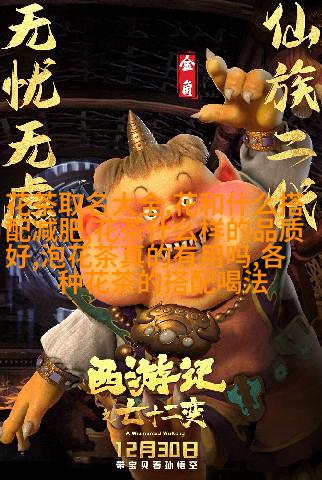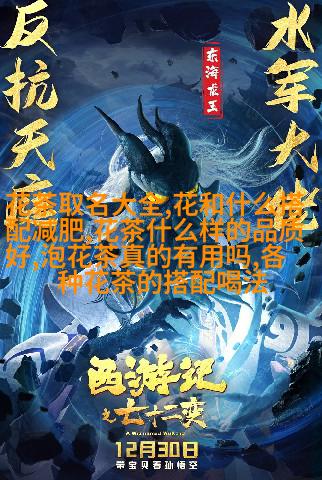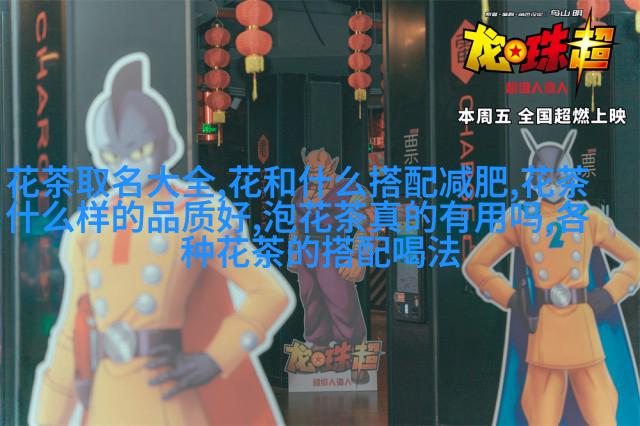在湖南浏阳地区,用一种植物的根熏茶叶,这样熏出来的茶叶有一种特殊。花茶中哪种茶叶好喝,香味较浓,详细的价位是什么?什么茶叶香味浓?什么茶叶有味比较香点好喝点?

春天喝什么花茶好,有保健功能,我有慢性咽炎。这是一种什么茶叶很香,不会叫名字拍的模糊,谁能认得?太模糊了,应该不是某一种 tea leaf possibly is a health tea, or herbal tea. The image is not clear, can you give me a clearer one? You're welcome! It's just my personal opinion, don't dislike it, thank you.
This kind of tea is similar to sunflowers. The growth direction of sunflowers changes with the sun, so they are called sunflowers. They use a plant root to smoke the tea leaves and create this special flavor in Lake Province.

In Lake Province, there is a plant that produces heart-shaped flowers and smells like lavender. Maybe you've seen it before. Hi! In Lake Province, there's another plant that looks like night-blooming jasmine.
What kind of flower tea has good taste and strong scent? For example, Jasmine Tea or Dragon Well Green Tea are both affordable options priced between 50-200 yuan for Jasmine Tea and 30-80 yuan for Dragon Well Green Tea. Another option is Bi Tan Piao Xue which has a milder taste but better quality leaves at around 120-800 yuan per kilogram.

Flower teas are made by absorbing flavors from high-molecular polyunsaturated acids and terpenoids in the tea leaves using fresh flowers as ingredients. This process creates unique-scented teas named after the flowers used during production such as Pearl Flower Tea (made with pearl flowers), Orchid Flower Tea (made with orchids), Chrysanthemum Flower Tea (made with chrysanthemums), etc.
Among these flower teas, Pearls produce the most quantity followed by Orchid Flowers Teas. The base material for making flower teas usually includes green tea leaves with some red or oolong varieties added sparingly due to their lower yields compared to green teas within China’s major regions where green teas are produced: Fujian province; Anhui province; Zhejiang province; Jiangsu province; Shandong province; Henan province; Hubei province; Hunan province;Guizhou Autonomous Region;Yunnan Autonomous Region;Tibet Autonomous Region;Xinjiang Uyghur Autonomous Region;Gansu Province。

The processing techniques involved in creating flower teas include steaming and drying steps which make them different from other types of herbal infusions commonly found on market shelves today – particularly those containing dried herbs packaged separately without undergoing any fermentation processes known as "baiting" methods practiced among some vendors selling low-quality products labeled under misleading names such as "flower-infused blacktea," thereby deceiving consumers into believing they're purchasing authentic floral blends when actually only having an ordinary blend mixed together randomly without proper care taken during preparation time spent preparing each individual serving rather than being carefully crafted individually through precise control over brewing parameters necessary for achieving optimal results desired by many connoisseurs seeking superior taste experiences while maintaining full control over what goes into every single cup served throughout their day at home or work environment alike
